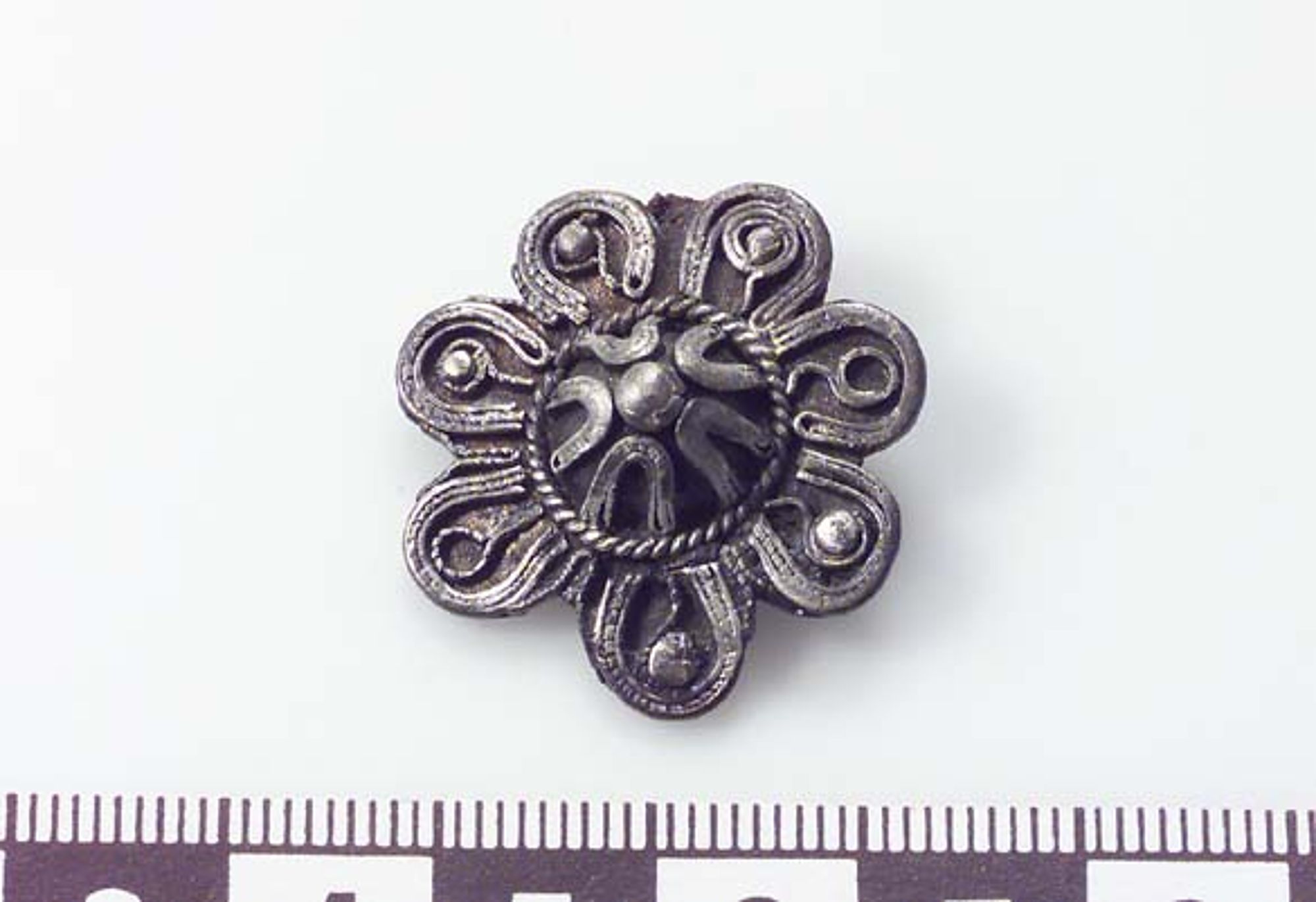Vivallen is a shieling of great importance when it comes to understanding early sami history and culture. The finds made by archaeologists tell us an unconventional story when looked upon from a different angle.
The Shieling (summer pasture) of Vivallen is in northwestern Härjedalen. The shieling has been noteworthy in gaining further understanding of the Sami´s early history and cultural meetings in Northern Europe. This is due to the findings that were undertaken during archaeological explorations in 1913 and 1986.
The investigations revealed Vivallen was once a Sami settlement, used during winter for hundreds of years, as far back as from the Viking era to the early Middle Ages. Approximately twenty graves were discovered, shedding light on the Sami´s burial rituals.
Carefully laid out children´s graves
The graves were carefully laid out with no signs remaining above ground. Both adults and children were buried in the same site. The children´s graves seem to have been undertaken with greater care than in the nordic children´s graves from the same era. The dead were often placed in a side position in birch bark wrappings, typical for sami burials from this time. The investigations on the skeletons showed the people buried here had both sami and nordic origins. The men´s graves are the richest in terms of personal belongings placed alongside them.
A Prosperous Settlement
Close by the excavated graves, traces of a living area was found with remains of sami huts made from peat. Looking at the findings this seems to have been a place where a smaller group of wealthy sami has been living. People who seems to have had intense contacts with the nordic society.

Unexpected Discoveries
The tomb with the most adornments at Vivallen belonged to a man in his 50´s, who was buried at the end of the 11th century. The objects that he was buried alongside with, portray a different perspective to what was first assumed. The body was buried, clothed with both male and female garments. Furthermore, items that traditionally belonged to females at that time, such as a small knife, a needle case for sewing and a glass-beaded necklace, where excavated from the grave. The interpretation of these discoveries initially presumed the tomb was that of a female, but today has been proved to belong to a male traditional shaman.
Imported Jewellery
It´s believed that cross-dressing was a characteristic of some shaman´s ways of life. The same tomb also had a small floral-shaped silver buckle, the so called “Vivallensmycket”. This item was probably manufactured someplace in north-western Europe and found its way to the owner through Norway. The area in which the the item stemmed from, typically used to adorn woman´s costumes with this type of jewellery.
All Stories are worth telling – Archive Q
The unique circumstances surrounding the graves have previously been documented in numerous articles, but the issue around cross-gender identity and shamanism has largely been left uncharted. As a result, Härjedalens Fjällmuseum (mountain museum) in Funäsdalen started the project “Arkiv Q”, which is designed to highlight new collections in museum exhibitions and bring light to previously ignored issues of Härjedalen´s history and modernity. The primary focus of the works is on the LGBT perspective, but also includes other non-normative stories. It is a question of democracy and showing the world that all stories are worth telling. The material will be featured in coming displays in the museum.
